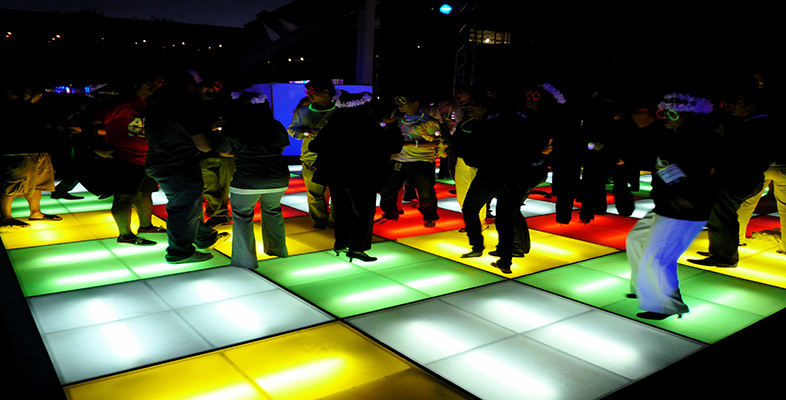1.3 Warm-up activities
A variety of actions might be included in warm-up activities, and there is good reason for keeping these simple and repetitive. If the brain and muscles have to concentrate on learning new and complex patterns of movement, then this takes attention away from raising the core body temperature by 1 or 2 degrees and increasing the heart rate enough to perspire.
Movements might include:
walks gradually increasing in speed to a small run;
shoulder rolls, arm circles and simple stretches of the torso and arms;
gentle flexions (extreme flexions should be avoided in warm-up activities), extensions and rotation of the joints, including knee bends (plié);
movement of the torso in all directions, swings and sitting rolls;
simple continuous patterns of movement to increase the pulse rate and warm the body.
The benefits of an effective warm up are that:
The body will be prepared for movements needing speed, strength and more complex neuromuscular co-ordination.
Oxygen will reach muscles more efficiently and this will aid muscle contraction and relaxation.
The body and mind will be prepared to concentrate.
All of the above help to minimise the risk of injury.
